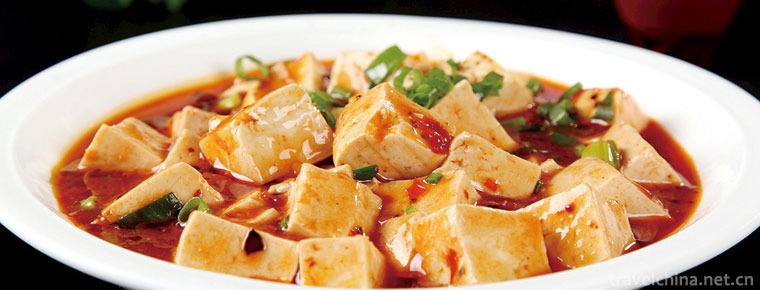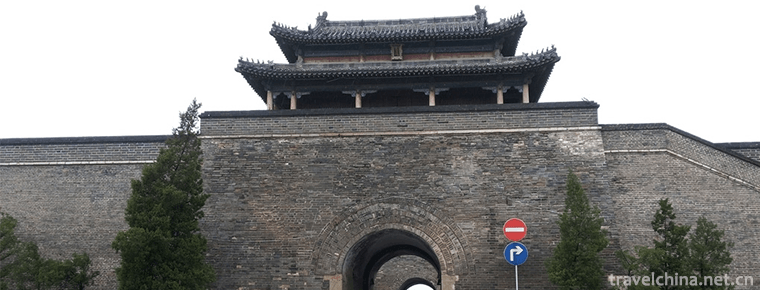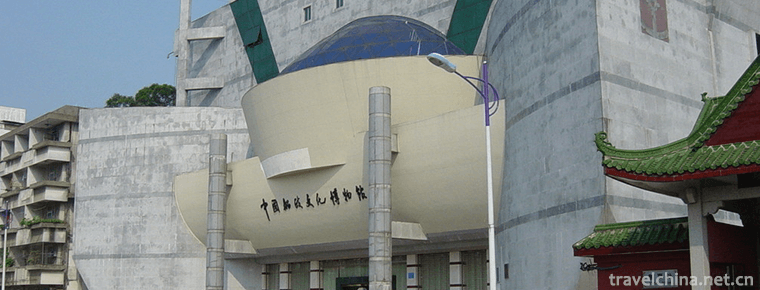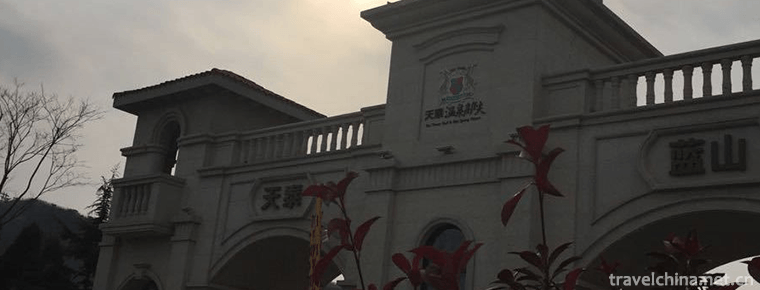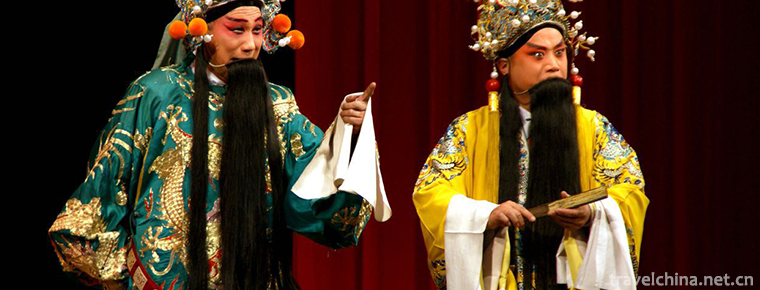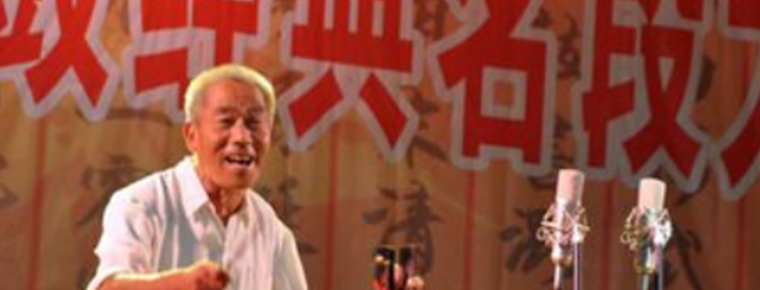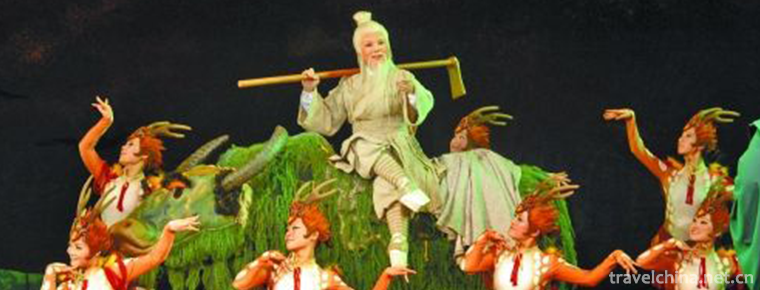The Bronze Drum Custom of the Zhuang Nationality
The Bronze Drum Custom of the Zhuang Nationality
Bronze drum is a percussion instrument created by Pu and Yue people in ancient China. Up to now, it has a history of more than 2700 years. Guangxi has the largest number and the widest distribution. The northwest of Guangxi and its Hongshui River Basin are the most abundant areas for preserving the bronze drum culture. The main ethnic groups still using the bronze drum today are the Zhuang, Buyi, Dai, Dong and Shui ethnic groups belonging to the Zhuang and Dong ethnic groups, the Miao, Yao ethnic groups belonging to the Miao and Yao ethnic groups and the Yi ethnic group belonging to the Tibetan-Burmese ethnic group. These ethnic groups have always had festival celebrations and joys. The custom of beating bronze drums on days such as funerals and sacrifices to express celebration or mourning has been carried on to this day. The northflow, Lingshan and Lengshuichong bronze drums created by the ancestors of the Zhuang nationality are called "the representatives of the peak period of bronze drum art". Bronze drum is an indispensable custom for Guangxi Zhuang people to celebrate festivals such as March 3rd and Spring Festival every year.
On May 20, 2006, the bronze drum custom of the Zhuang nationality was approved by the State Council and listed in the first batch of national intangible cultural heritage list.
Historical Development
The appellations of the Zhuang nationality are different from each other in the past dynasties. The Shang and Zhou Dynasties were called "Pu" and the Zhuang people called themselves "Bu", which were homonymous and different; the Qin and Han Dynasties were called Xiou and Luoyue people; the Song Dynasty was called "Da". In 1965, following the initiative of Premier Zhou Enlai, the Da people were changed to "Zhuang", and since then they have been called the Zhuang people. (See General History of the Zhuang Nationality by Huang Xianhuang et al.)
Around the 7th century BC, Pu people living in the Pearl River Basin in China created percussion drums from cookers and copper kettles. Thereafter, the bronze drum spread northward to Qiongdu, Sichuan, eastward to Guizhou, Guangxi and Guangdong, southward to northern Vietnam, and westward to Myanmar and Thailand. Up to now, the bronze drum has spread for more than two thousand years. In most areas and many ethnic groups, it has withdrawn from the historical stage one after another, leaving only some relics and historical memories. However, some regions and ethnic groups still preserve the ancient custom of using the bronze drum, leaving "living fossils" for the bronze drum culture that lasts for thousands of years.
Artistic Characteristics
Bronze drum is a treasure of ancient bronze culture in China. It is generally divided into four parts: drum face, drum waist, drum chest and drum foot.
The shape of the bronze drum itself is an exquisite plastic art. Bottomless stomach, waist bending chest drum, giving a sense of stability and fullness. The drum face is the main decorative part. The center is often decorated with solar pattern, while the periphery is decorated with halo rings. The rings near the drum edge are decorated with exquisite round carvings, most of which are frogs, followed by knights, ox sledges, turtles, birds and so on. The shape is exaggerated, strong, powerful, solemn and durable. The chest and waist are also equipped with many decorative paintings. Drum foot is left blank, resulting in a dense, virtual and real, complementary effect.
These images are made by engraving or embossing technology on the die, using line-to-ground relief technique. The portrait is vivid and concise, and the lines are strong and powerful. Portrait decoration can be divided into two categories: object decoration and pattern decoration. There are sun pattern, heron pattern, deer pattern, Dragon Boat Race pattern and feather dancing pattern, etc. The patterns are moire pattern, circle pattern, money pattern and mat pattern. These image decorations often appear in repetition or rotation of images and compositions, resulting in a strong overall artistic effect, showing a reasonable decorative layout. The image of the drum-chest decorative belt has a long roll, while the pattern of the drum-waist decorative belt is independent and reciprocating.
Drums can be divided into eight types according to their shapes and decorations. Different types of bronze drums have different styles of decoration. Generally speaking, cold-water drum surface is complex and has round carving decoration, abstract object pattern; north-flow copper drum pattern heavy mattress; Shizhai copper drum shape realistic and exquisite.
All kinds of decorations on bronze drums are familiar to the ancient Luoyue people. On the one hand, it shows their life scenes, on the other hand, it shows their unique aesthetic consciousness, rich in strong romantic atmosphere, and also shows their confidence in overcoming nature.
Folk Customs
The bronze drum has a long history and far-reaching influence. The sound of bronze drum is loud and loud. In ancient times, it was an important tool for transmitting information and issuing orders. As a heavy weapon for sacrifice, reward and tribute, it was also a symbol of power and wealth. Since Ming and Qing Dynasty, with the change of society, it has become a general entertainment percussion instrument. People often play it with singing and dancing in festivals, worship ancestors in religious activities, pray for gods and people to live in peace and prosperity.
Special cookers
The copper drum was originally used as a drinking vessel (i.e. a kettle). First of all, it was used as a special cooker, that is, as a "marching pot" equipped with the army to solve the problem of dining in wartime, because the copper kettle at that time was still a very expensive high-tech product, and could not be used as a daily living appliance for the people.
This can be confirmed by the archaeological data of the coexistence of bronze drums and a large number of weapons found in the excavation of ancient tombs. The answers can also be found in the historical records of the wars between Yunnan, Juding, Yelang and Luoyue, as well as various records of the "Deluo Yue Bronze Drums" in the marching south of Malayan in the Eastern Han Dynasty.
The Most Important Tool of a Country
Because the sound of tapping the copper kettle is loud and far-reaching, it can be used for news gathering, so it gradually evolved into a copper drum. With the continuous development of social history, the bronze drums carefully built according to the requirements of national consciousness and customs have become "the most important instrument of the country", ritual instruments and musical instruments.
The reason why the bronze drum is called "heavy weapon" is that it symbolizes power and wealth, has it "extremely heroic", can gather crowds to be king, to deter the four sides, so that "crowd feeling to convince"; it is worth thousands of gold, a drum "can easily thousands of bulls" and "win drums to win 100,000 troops". The reason why they are called "ritual utensils" is that they are used in important activities such as sacrifice, celebration, war, recruitment, banquet and greeting.
Artifact
The bronze drum is also deified and has religious attributes. It has become a collection of heaven and earth gods and a treasure tool for communication between human beings and gods. It is believed that it can wash away the pain and trouble of the soul and obtain auspicious consolation; it can also express wishes and sincerity, and pray for God to protect the wind, rain, valley, people and livestock. It is prosperous and peaceful. In addition, every wedding and funeral celebration or major festivals, the Zhuang people have to beat bronze drums and play music and dance to show that "heaven and earth live in harmony with nature, and human feelings endure forever", and express their pursuit of peaceful and happy life.
Regardless of the purpose of the Tonggu School, as a comprehensive art appreciation, the attributes of Luoyue people's aesthetic consciousness remain unchanged.
King of Bronze Drum
So far, more than 500 copper drums have been found and collected in Guangxi Zhuang Autonomous Region. Bronze drums are cast in copper with different sizes. The largest diameter is more than 100 centimeters. The smallest one is only more than 10 centimeters. The weight ranges from tens to hundreds of kilograms. The shape is heavy and the manufacture is exquisite. Drum surface has relief pattern, drum body is surrounded by patterns. One side is 165 centimeters in diameter, 67.5 centimeters in height and weighs more than 300 kilograms, so that a medium-sized person can lie on the drum surface and stretch his limbs without revealing the edge of the drum. It can be called "King of Bronze Drum".
The king of bronze drums, it has a huge body, fine patterns, the center of the drum has eight radiant solar lines, the outer circle is divided into five halos with protruding concentric chord lines, each halo circle is densely covered with single-line revolving moire and rhombic sheath thunder lines, the drum halo circle is dense and narrow, also decorated with cloud and thunder lines. Close cloud and thunder patterns give people a sense of mystery, but also increase the mystery of the power of the heavy weapon.
Bronze Drum Wine Custom
Wenshan Zhuangs Autonomous Prefecture in Yunnan Province is a region inhabited by the Zhuangs in Yunnan Province. It has attracted wide attention from experts and scholars both at home and abroad because of its large number of copper drums, complete types, long history of use, exquisite production techniques and rich cultural connotations. Wenshan Zhuang nationality is one of the ethnic groups that use bronze drums and follow the bronze drum culture. Many villages of Zhuang nationality still retain the customs of sacrificing bronze drums, drinking bronze drums, singing bronze drums and dancing bronze drums. Nahong Village, Badaoshao Township, Qiubei County, is divided into Shangnahong Village, Zhongnahong Village and Xianahong Village. Three villages are surrounded by mountains and rivers, covered by bamboo and wood. They are typical villages inhabited by the Shazhi tribe of the Zhuang nationality. So far, the custom of offering sacrifices to bronze drums and drinking bronze drums has been maintained.
Drinking bronze drum wine, Qiu Beizhuang called "more Launi", "more laborious" means drinking, and "ni" means bronze drum. Every year on the first morning of New Year's Day, Tibetan drummers go to Longtan village to fetch clean water to wash the bronze drums, put them in the hall, and offer sacrifices with incense. The offerings included four cups of tea, four cups of wine, two sticky rice puddings and a bowl of live pig liver. Liver pig liver is a special dish, which is chopped fresh pig liver, and then cooked with onion, ginger, pepper and other seasonings. It tastes very delicious. After grabbing the clear water in the morning, the head of every household in the village brought live pork or chicken to sacrifice the bronze drum. The worshippers in turn poured incense kowtows, and then drank a mouthful of the wine poured on the drum surface of the old village, in order to show exorcism, peace and health. After the villagers worship, the Tibetan drummers hang the bronze drums under the hall or eaves, let the old villagers ring the new year's bronze drums, pray that the bronze drums will bless the next year's good weather, good harvest, and the whole village's people and livestock safety. Tibetan drummers also set up a big wine jar in the heart of the yard, which was filled with straws made of several golden bamboos. Anyone who wants to drink can drink at will. This altar of wine is called concentric wine, which means that the whole village should work together and unite. When the meal is ready, everyone gathers for dinner, talks about last year's harvest and next year's plan, and wishes each other well.
Execution
There are two ways to play the drum: double hammer and single hammer. Double hammer beating is a drummer with one hammer in each hand and beating at the same time or alternately. This tapping method can produce fast drum points and more complex rhythm, and can rotate drum heart tone and edge tone flexibly and freely. A single mallet is a drummer with only one mallet in his hand. This kind of drumstick is generally bigger than the double hammer drumstick, and has a stronger impact force, but it is difficult to play fast drums and complex rhythm. While playing the bronze drum is mostly played alone, it is sometimes accompanied by other instruments. In playing, there are various ways of placing bronze drums, some on the ground, some on the side of the platform, some on the suspension, some across the suspension, and some on the side while walking. For example, when Nandan Baikuyao dances the copper drum, the main drummer stretches his arms straight. After hitting the drum face once, he squats his legs in situ, bends his elbows and hits the drum once more. After repeating this action for one round, we begin to make a big jump and knock on the drum face and edge, then jump right to left in turn, and beat the drum face and edge, so that the sound of "beep, beep, beep" is right and wrong. After a total of 40 beats, we take a step forward with the right foot bent up, the left leg bent up, the upper body bent forward, and both hands raised to the top of the head, and the drum stick hit each other once, making a monkey. Cheers. Then the left foot falls forward and half squats, wrings the waist to the left, beats the drum with the left hand once, naturally lowers, then the left leg stands upright, the right leg bends knees up, the upper body leans forward slightly, the arms bend elbows up to the right ear, hits the drum stick once, then falls forward half squats with the right foot, bends to the right waist, hits the drum body once with the right hand, naturally lowers down for the monkey to listen. Shape. Then they hit each other with drumsticks at the back of neck, axilla, back of waist, outside of thigh, inside of thigh, front of calf, back of calf and sole of foot, like monkeys jumping around and appreciating treasures.
Inheritance value
The bronze drum culture is an important part of the Zhuang culture. Almost all villages along the Hongshui River have bronze drums. During the festival and the red and white festivals, every family must play bronze drums to celebrate auspiciousness. Villages along both sides of the Hongshui River are the deep accumulation areas of the bronze drums culture and art of the Zhuang people in Donglan. According to statistics, in 2015, there were more than 2400 collections of bronze drums handed down worldwide, including 1400 collections in China and 900 collections in Guangxi. The bronze drum is a God in the hearts of the Zhuang people. The bronze drum culture has spread for a long time, a wide range and a deep influence, which is rare in the world.
Over the past hundred years, the bronze drum has gone through many vicissitudes of life. Although it has been damaged and lost a lot, it has not been taken away from the consciousness and life of the Zhuang people. The bronze drum complex of the Zhuang people has melted into their blood. In fact, in the mind of the Zhuang people, the bronze drum is the cultural foundation and spiritual home left by their ancestors.
After losing the function of power symbol, the bronze drum returned to the people and is still used among the people today, becoming a living cultural relic. The bronze drum is used in the traditional cultural activities of all nationalities in the Hongshui River Basin. The bronze drum has become a living witness of the existing cultural traditions of these nationalities. It reflects from different aspects the economic situation, cultural features and psychological quality of the people who use the bronze drum in the Hongshui River Basin, as well as their emergence in the long historical process in order to adapt to the natural environment. Unique creativity.
Copper drum involves mining, casting, acoustics, history, art and related science and technology history, archaeology, ethnology, anthropology and so on. It has important cultural value.

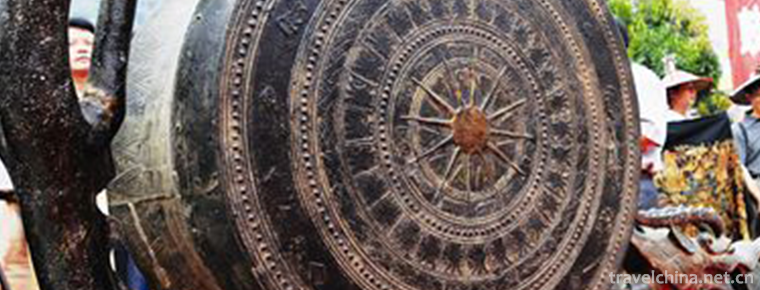
-
sauteed tofu in hot and spicy sauce
sauteed tofu in hot and spicy sauce is one of the traditional dishes in Sichuan.
Views: 207 Time 2018-10-12 -
Qu Fuming Gucheng
Qufuming Old Town: World Cultural Heritage, one of the three holy cities in the world, national AAAAA tourist attractions, National Scenic spots, national key cultural relics protection units, one of .
Views: 170 Time 2018-12-08 -
Heizhugou Scenic Area
Heizhugou National Forest Park, located in Heizhugou Town, Ebian Yi Autonomous County, Leshan City, Sichuan Province, spans Haqu Township, Lewu Township and Jinyan Township..
Views: 219 Time 2019-01-13 -
Mawei Shipping Museum
The Mawei Shipbuilding Cultural Heritage Group in Fuzhou is centered on the Chinese Shipbuilding Cultural Museum, including Zhongpo Battery, Zhaozhong Temple, British Consulate.
Views: 205 Time 2019-02-06 -
Tiantai Hot Spring Resort
Tiantai Hot Spring Resort is located in Jimo Hot Spring Town. It has 27 holes of international championship grade Mountain Golf course. It is a large high-end rural resort centre integrating food.
Views: 343 Time 2019-02-22 -
Tongguan Yellow River Scenic Area
Tongguan Yellow River Scenic Spot is located at the famous ancient military pass-Tongguan ancient city, 140 kilometers away from Xi'an, only 20 kilometers away from Huashan.
Views: 80 Time 2019-02-22 -
North Road Bangzi
Bangzi, also known as Shanglu Opera, is a local traditional drama in Datong, Shuozhou, Xinzhou and parts of Inner Mongolia and Hebei in northern Shanxi Province. It is one of the national intangible c.
Views: 152 Time 2019-04-04 -
Lu an drum
Luan drum is a traditional drum book and drum music form with distinct regional characteristics in the north, also known as the "old tune of Lu'an". It is named for its popularity in the are.
Views: 438 Time 2019-05-15 -
Extra tune
In addition to the form of opera, Yue Diao has two branches, namely, opera and puppet. In 1942, there was a severe drought in Henan Province. During this period, many cross-tone artists (such as Zhang.
Views: 263 Time 2019-07-16 -
Liushi Manorial Museum
Dayi Liushi manoral museum is located at No.15, Jingui street, Anren Town, Dayi County, Chengdu City, Sichuan Province. It is one of the important historical sites and representative buildings in modern China..
Views: 186 Time 2020-11-05 -
Nanchong scenic spot
The national 5A tourist attraction is located in Ma'an Town, Yilong County, with a total planning area of 52.5 square kilometers. The core scenic area with the former residence of Zhu De, the birthplace of Zhu De and the memorial hall of former residence of Comrade .
Views: 317 Time 2020-12-17 -
Yibin economy
In 2019, Yibin City will realize a GDP of 260.189 billion yuan, an increase of 8.8% over the previous year in terms of comparable prices. Among them, the added value of the primary industry was 27.764 billion yuan, an increase of 2.9%; the add.
Views: 282 Time 2020-12-18
